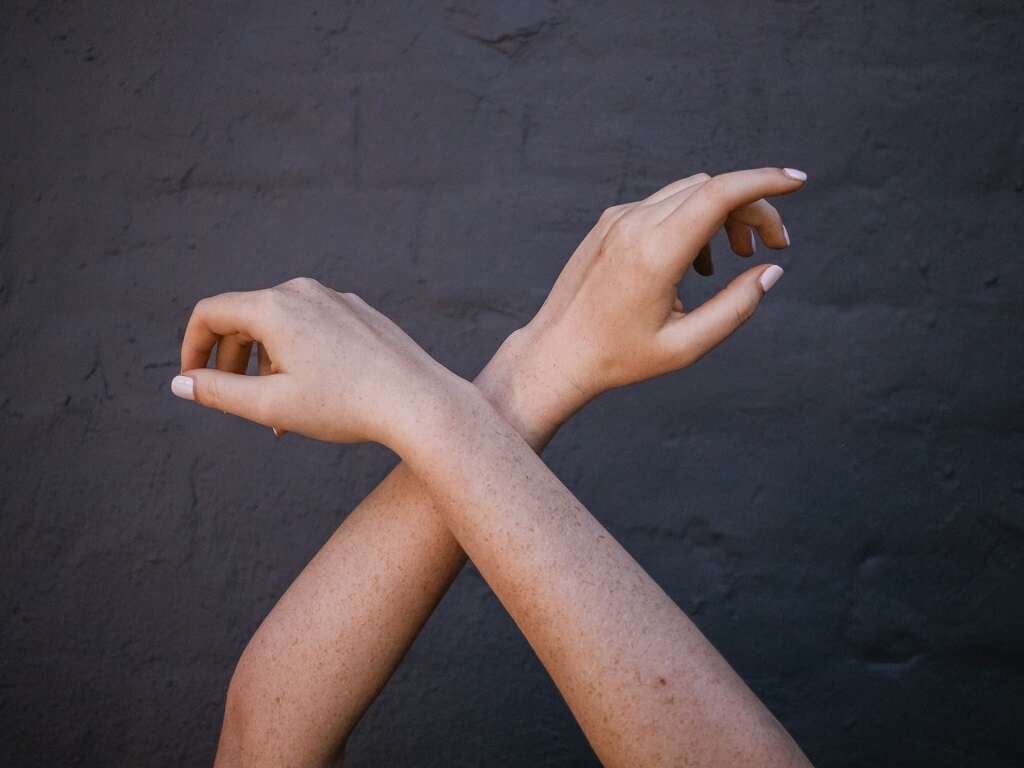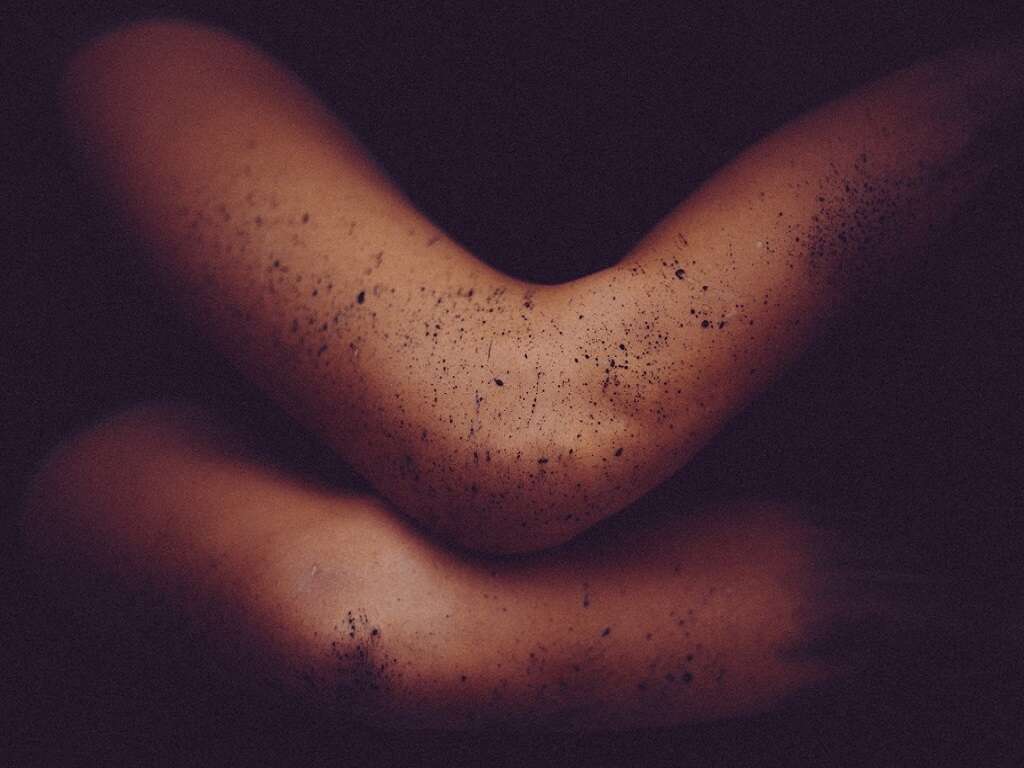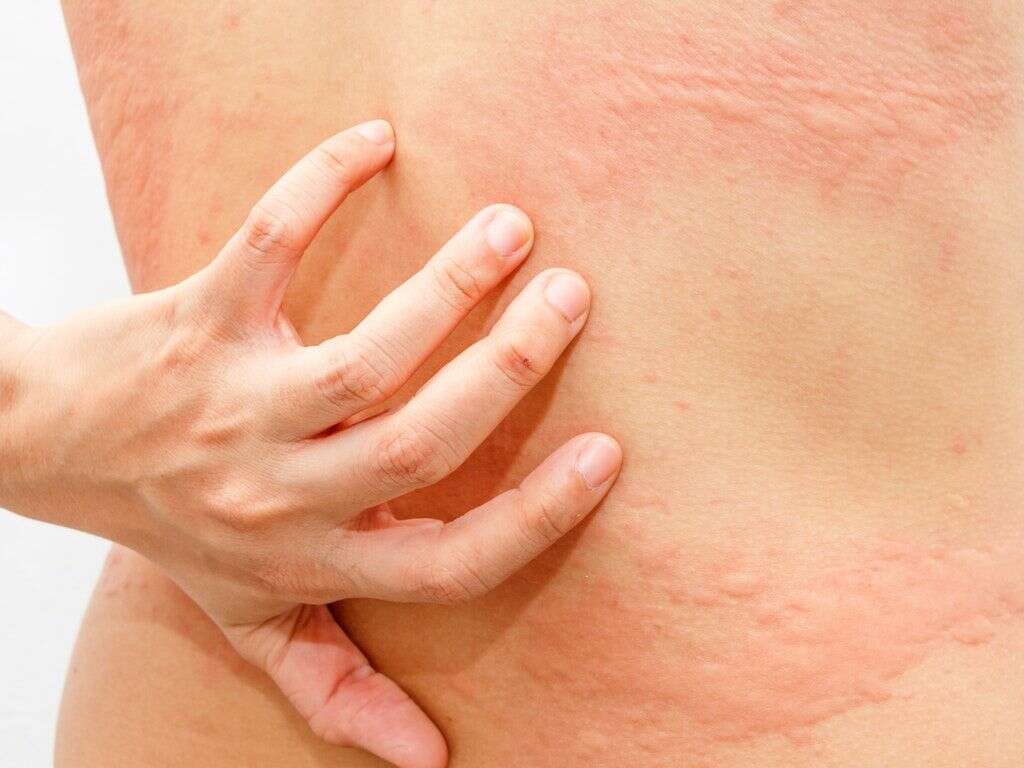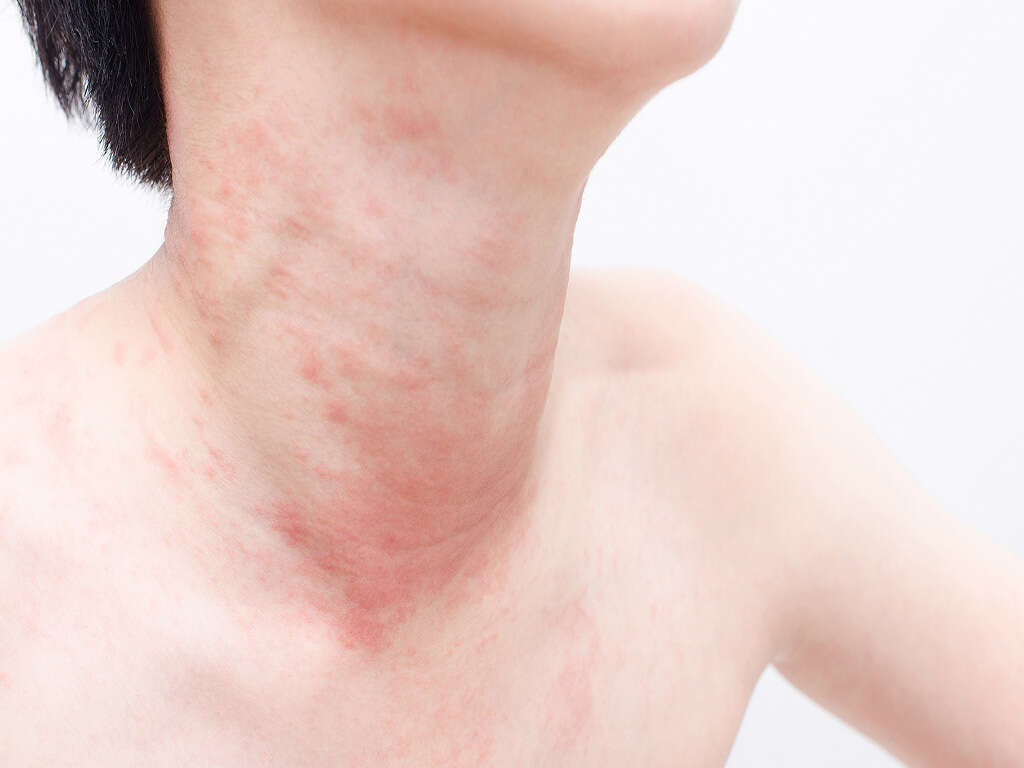10 Home Remedies For Hives
Hives, also known as urticaria, are a kind of rash that appears on the skin. They appear as wheals or red bumps on the skin and they tend to appear suddenly.
Hives are notoriously itchy and it can be very difficult to avoid scratching them, especially where young children are concerned. They can appear anywhere on the skin and can last for hours. They can sometimes last for up to a day.
They can be unbearable at times, but thankfully there are remedies that can at least help to soothe some of the symptoms. While many remedies can genuinely help, bear in mind that you should always follow a doctor’s advice.
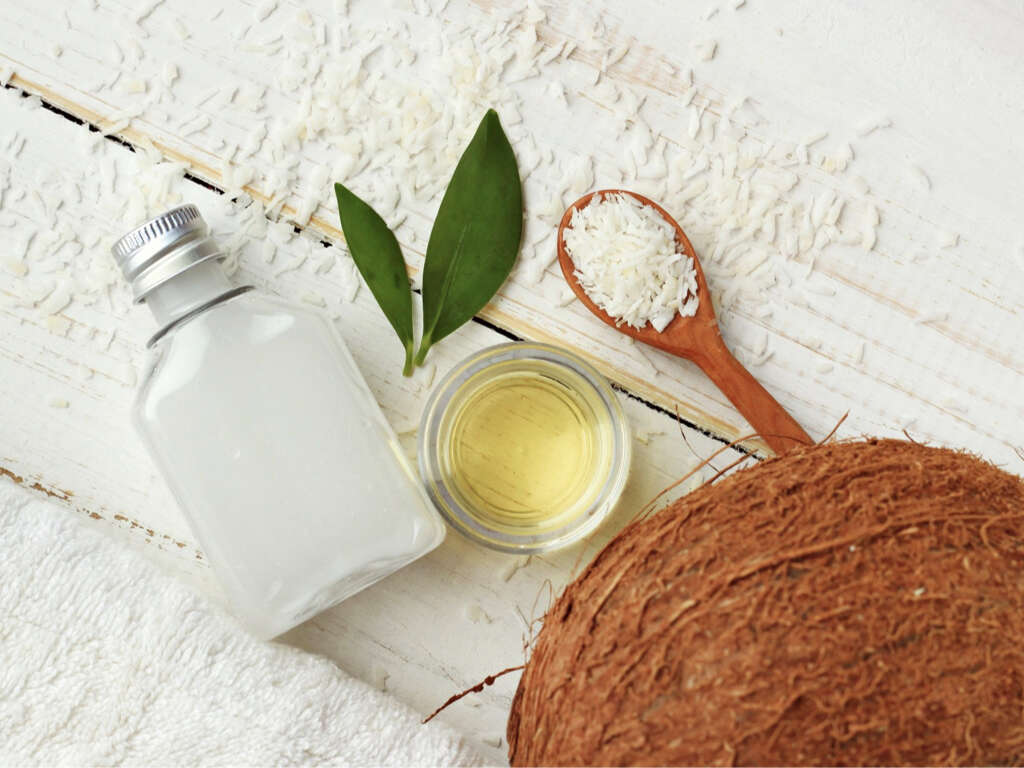
Home Remedy #1: Green Tea
Tea is a popular beverage all over the world. Some traditions involving tea go back a very long time and the ancient Chinese would drink it regularly. It has since been exported around the world and is one of the most popular beverages on the planet. In addition to tasting great, it is said to offer various health benefits and can even be used to treat certain ailments.
If you are suffering from hives then some green tea could be just what you need. To use it, steep the tea bags in hot water for just a few minutes or so. You can then flavor the tea with honey if you so wish and then drink while it is still warm.
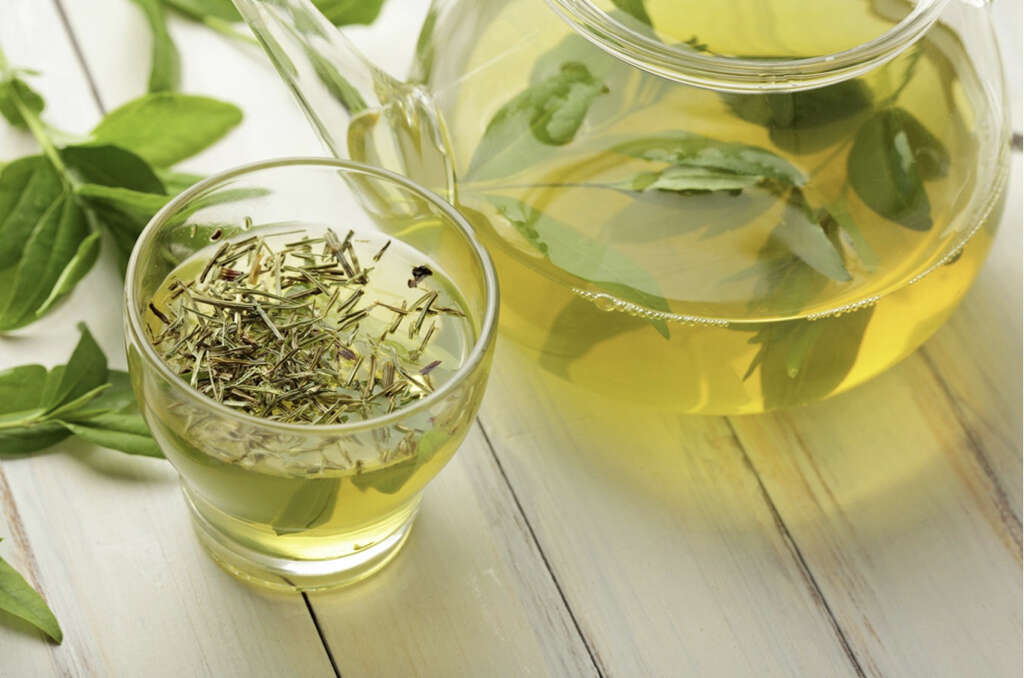
Home Remedy #2: Coconut Oil
Coconut oil tastes great and has a fantastic aroma and flavor, making it popular in cooking. It is also healthier than some other types of cooking oils and is also thought to provide various health benefits. The good news for a lot of people is that coconut oil could also be used to help deal with hives.
Coconut oil is an effective skin moisturizer, meaning that it can help to relieve an itch. What’s more is that it also has antimicrobial properties and this means it can help to protect the skin from fungal and bacterial infections. Just massage some gently onto the affected area and it could help to ease the symptoms of your hives.

Home Remedy #3: Aloe Vera
There is a good chance that you have seen aloe vera for yourself. It is a popular type of pot plant that is found in households throughout the world. It has thick, green leaves that are almost like stems and these leaves contain a rubbery sap that holds many medicinal properties.
Aloe vera has been shown to be able to aid in healing, and this can help with hives. It is also anti-inflammatory and moisturizing, meaning it can help even further. If you have an aloe vera plant at home, you can get use the sap directly from the plant by applying it onto the affected area.

Home Remedy #4: Oatmeal
Oatmeal is a godsend to many people that are trying to eat healthy diets, particularly those that are trying to lose weight. Oatmeal is very easy to prepare, making it suitable for people that are in a rush in the morning. It is also very filling, nutritious, yet also low in calories.
The news gets even better because oatmeal can also be used topically to help treat skin conditions. Take 2–4 cups of ground oatmeal and add them to a cold bath. Oatmeal contains compounds that can help to protect the skin and also has anti-inflammatory properties. The cold water will also be soothing on the hives.
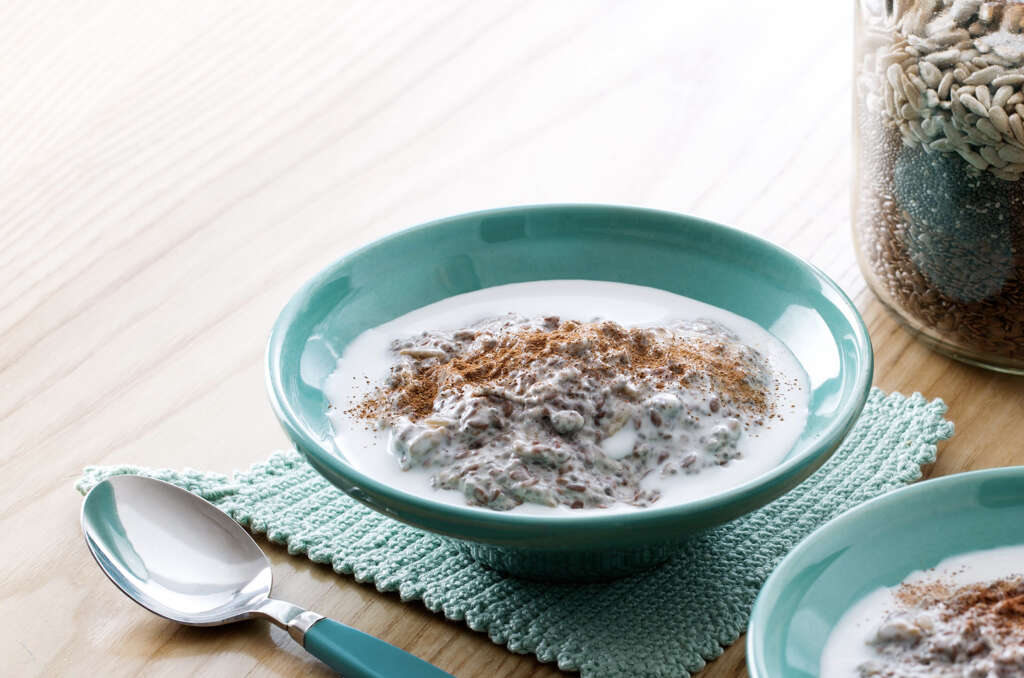
Home Remedy #5: Devils’ Claw
Devil’s claw is so named because of the small hooks that are found on its fruit. It is found in South Africa and goes by the scientific name of Harpagophytum procumbens. It has long been used to help treat a wide variety of conditions, including helping to relieve pain, fever, and arthritis.
Devil’s claw capsules are readily available from pharmacies and are able to help relieve the symptoms of hives. They are taken orally and the recommend daily intake is 500 mg. It is said to have anti-inflammatory properties and is often used to help treat allergic reactions. This is largely down to the presence of a compound known as harpagoside.

Home Remedy #6: Baking Soda
Many households will already have some baking soda. While it is often used in recipes, there are also many other uses for this seemingly plain white power. Its chemical properties mean its use can result in certain reactions that can be very useful. It can also be used to help treat various ailments.
Baking soda can help to reduce itchiness and also soothe the skin, making it suitable for treating hives. To use it, make a smooth paste by mixing baking soda in with plain water. Then, spread this paste over the affected area. Leave the paste to dry and leave it there for a while before washing it off.
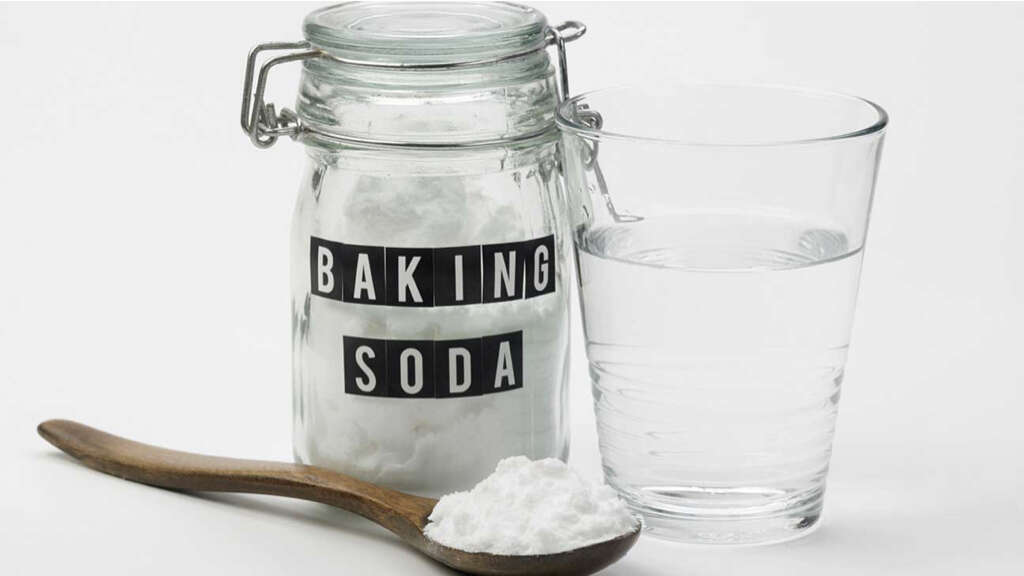
Home Remedy #7: Ginger
Ginger is quite a unique flavor and not everybody enjoys the taste. Regardless, it is still quite popular in cooking, especially in cuisines from Southeast Asia. It has also been used for hundreds of years as a remedy for numerous illnesses and other medical conditions.
Ginger is most often used for its anti-inflammatory properties, and this can be very helpful for hives. It can also help to make hives less itchy and also helps to keep the blood pure. It is often consumed as a drink, with people using ginger juice or ground ginger in hot water. Ginger juice mixed with honey is another way to use ginger as a remedy.

Home Remedy #8: Calamine
Calamine is one of those products that you will find in pretty much any home first aid kit. It is effective at dealing with bites, scratches, and cuts and can help to soothe pain and irritation almost immediately. It is also very easy to use as it can be applied topically on the area that is affected.
Calamine lotion is an astringent. This means that it causes blood vessels to contract and this can help to alleviate symptoms such as itching. Calamine also has properties that can help to protect the skin overall. It can be used to provide instant relief from itching and it can be used as frequently as you like.
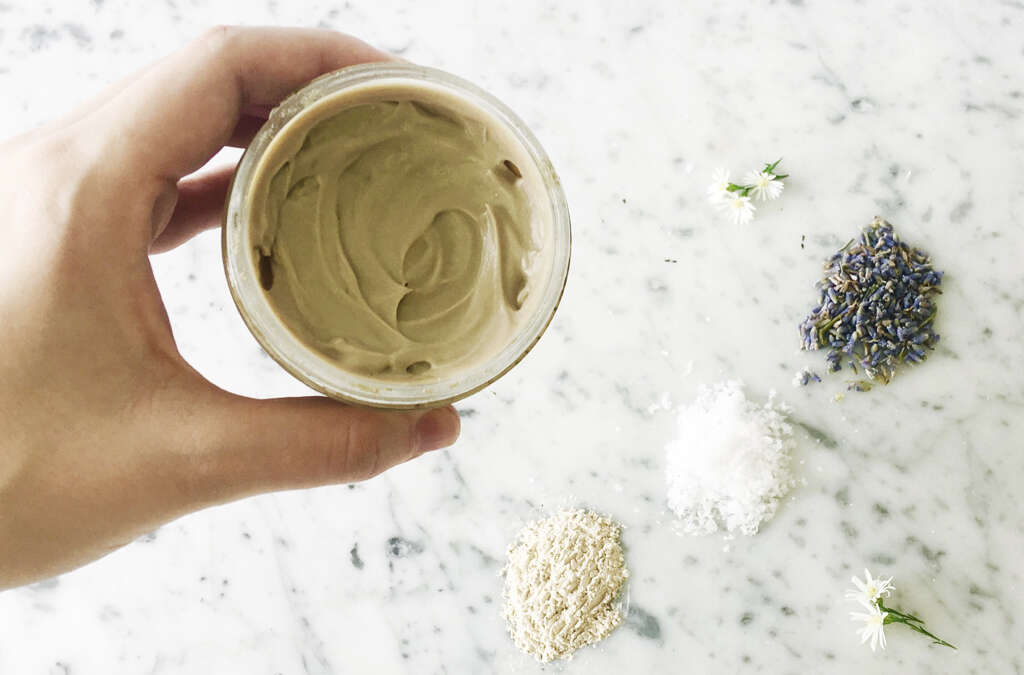
Home Remedy #9: Tea Tree Oil
Tea tree oil is made from the leaves of Melaleuca alternifolia, which is a type of tree that is found naturally in Australia. It is no relation to the tea plant from which the popular beverage is made. Tea tree oil is used as a topical remedy for a wide variety of ailments. It is most often used to help treat acne.
To use tea tree oil on hives, apply some to the area and then cover with a bandage. Alternatively, you should add 20 drops of tea tree essential oil to a cup of water. Soak a small towel in this solution and leave the towel in position for a few minutes or so.
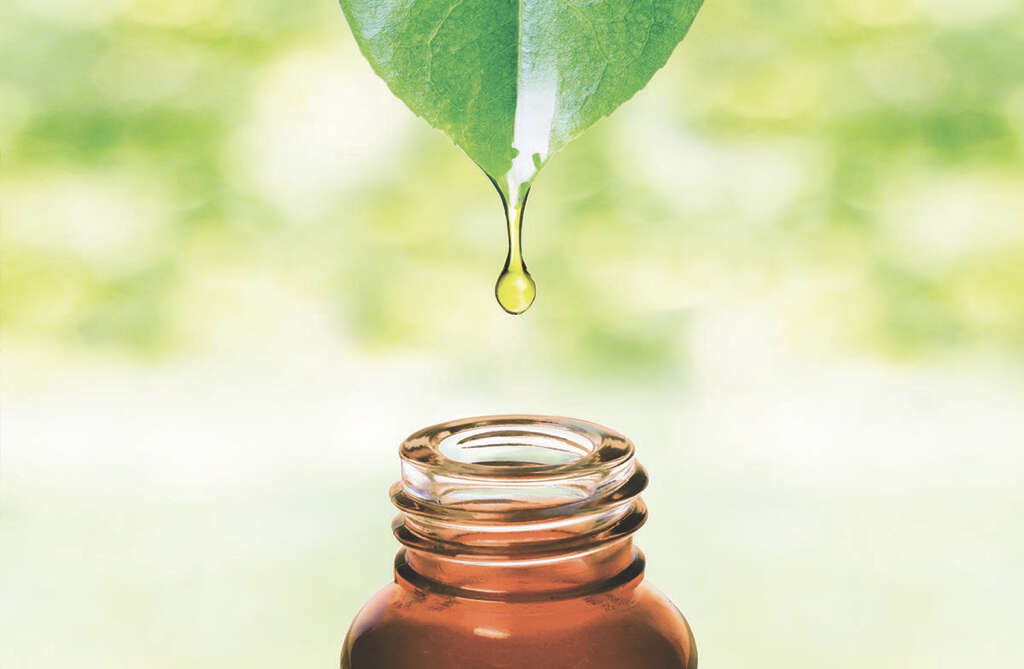
Home Remedy #10: Fish Oil
Fish is not only delicious but it is also very nutritious. Packed full of protein, it is also a very good source of healthy fats. These fats are healthy for the brain and are often found in oily fish. Such are the benefits that these oils provide that they are often packaged in capsule form and sold as supplements.
These supplements can also be very beneficial for people with hives. The capsules contain fatty acids that help to reduce inflammation, in turn helping to reduce itchiness. You don’t have to resort to capsules to make the most of these benefits as you can also get them from eating fish directly. Fatty fish like salmon and tuna are the most effective.




